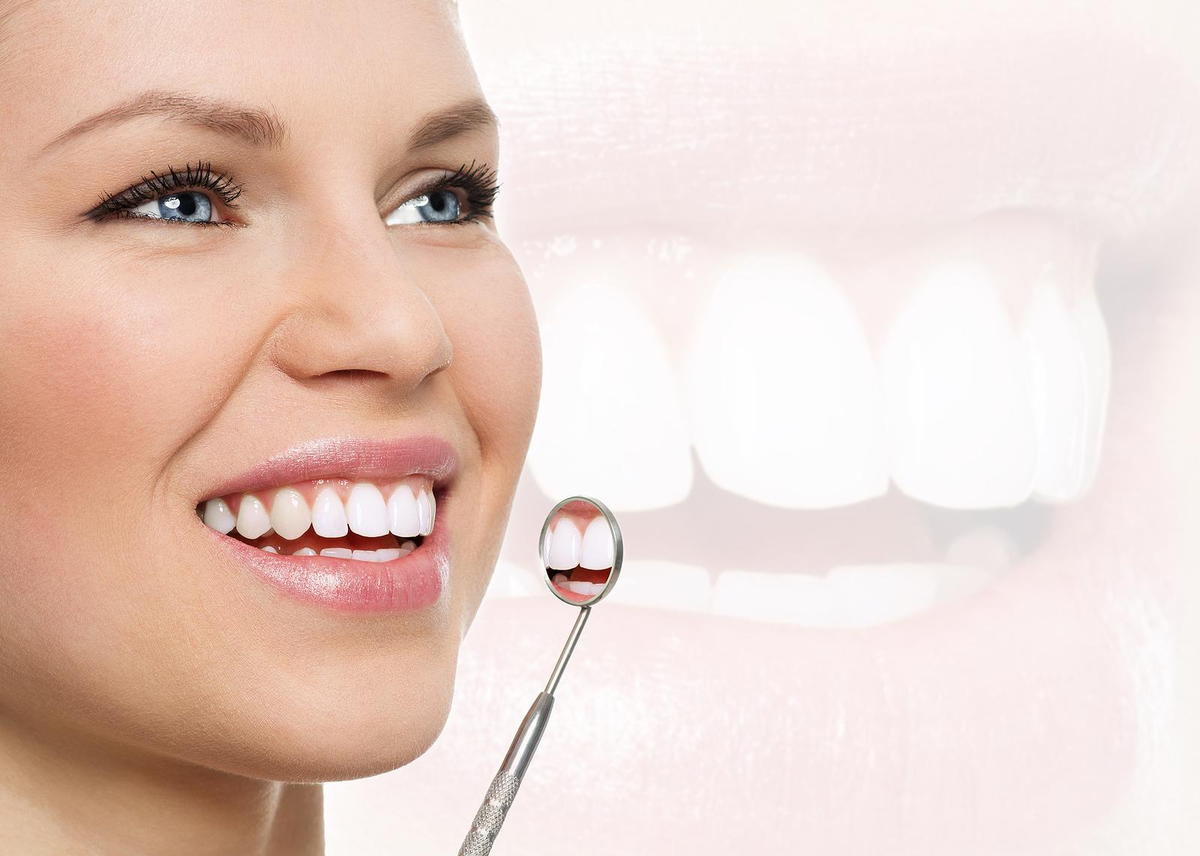Teeth whitening is one of the most popular ways to achieve a brighter smile, but many people wonder, “Is teeth whitening safe?” With so many products and treatments available, it’s easy to feel uncertain about the potential risks. Here’s what you need to know to make a safe choice for your teeth.
Understanding Teeth Whitening Options
Teeth whitening products come in two main types: at-home kits and professional treatments. At-home kits include over-the-counter strips, gels, and trays you can use on your own, while professional treatments involve in-office procedures performed by a dentist.
While at-home kits are affordable and convenient, they may not deliver the same level of whitening as professional treatments. Professional options, though more costly, often provide faster results with a higher concentration of whitening agents, making them effective for deeper stains.
Most teeth whitening products rely on hydrogen peroxide or carbamide peroxide to lighten stains. These ingredients work by breaking down surface stains, which results in a brighter appearance for the teeth.
In professional treatments, dentists use these agents in higher concentrations, giving stronger and faster results. At-home kits use lower concentrations, which still offer effective whitening but often require a longer period to show noticeable results.
Is Teeth Whitening Safe? Essential Facts
Most dental professionals consider teeth whitening safe when used correctly and in moderation. Dentists recommend treatments based on individual needs and health, ensuring the approach fits the patient’s specific dental profile. Professional advice can reduce the risk of side effects or damage by recommending safe practices tailored to each person.
The FDA monitors the safety of teeth whitening products on the market, while the American Dental Association (ADA) offers a Seal of Acceptance to products that meet its safety and efficacy standards. Products that meet ADA criteria are considered safe for regular use. Looking for this seal helps consumers choose options tested and approved for safe whitening.
Potential Side Effects of Teeth Whitening
Tooth Sensitivity
Tooth sensitivity is the most common side effect of whitening, often caused by the peroxide penetrating the enamel and reaching the dentin layer. This reaction makes teeth more responsive to temperature, causing discomfort when eating or drinking hot or cold items. Sensitive teeth typically return to normal a few days after the whitening session.
Gum Irritation
Some whitening products can irritate the gums, especially if the solution comes into direct contact with the gum tissue. This irritation may result in redness or soreness around the gum line, which usually resolves within a few days. Applying whitening solutions carefully and following instructions can reduce the chance of gum irritation.
Enamel Weakening Concerns
Excessive whitening can weaken the enamel, making teeth more vulnerable to damage and sensitivity. Dentists advise limiting whitening sessions and following product recommendations to avoid enamel erosion. By spacing out treatments and using mild whitening products, you can keep your enamel intact while still achieving a brighter smile.
Who Should Avoid Teeth Whitening?
Certain groups should avoid teeth whitening to prevent potential risks. Pregnant and breastfeeding individuals may need to skip whitening due to the lack of safety studies for these groups. Those with sensitive teeth or existing dental issues, such as cavities or exposed roots, should also avoid whitening treatments, as these issues can lead to increased pain or further dental complications.
People with gum disease or worn enamel should consult a dentist first, as whitening can worsen these conditions. Children and teens, whose teeth are still developing, should also avoid whitening to protect their dental health.
Tips for Safe and Effective Teeth Whitening
Consult a Dentist First
Seeking a dentist’s guidance before starting any whitening routine helps ensure safe, effective results. Dentists can assess your oral health and recommend the best method based on your needs, avoiding products that might harm your teeth or gums.
Follow Product Instructions Carefully
Carefully following product instructions lowers the chances of side effects. Overusing whitening products or applying them incorrectly can lead to gum irritation, enamel damage, and sensitivity. Stick to recommended usage to achieve the best results without harming your oral health.
Consider Alternatives
If traditional bleaching methods aren’t suitable, consider alternatives like whitening toothpaste, whitening mouthwash, or veneers. These options provide a gradual brightening effect or a new smile surface without the need for bleaching agents.
How Often Can You Whiten Safely?
Generally, safe whitening frequency depends on the product type and personal oral health. Dentists recommend spacing out professional treatments, with most advising against more than once every six months. At-home products often have specific instructions for daily or weekly use over a set period. Watch for signs of over-whitening, like increased sensitivity or a chalky appearance on the enamel, as these may indicate you’re whitening too often.
Final Thoughts: Weighing the Benefits and Risks
Teeth whitening can enhance your smile, but it’s essential to weigh the benefits against possible risks. Following professional advice, using safe products, and considering alternatives helps you make an informed decision that prioritizes your oral health. Choosing a safe approach ensures you can achieve a brighter smile without compromising your dental well-being.
FAQs about Teeth Whitening
1. How long do teeth whitening results typically last?
The longevity of teeth whitening results varies based on lifestyle factors, such as diet and oral hygiene. People who avoid staining foods and beverages, like coffee, tea, and red wine, can often maintain their results for 6 months to a few years. Regular brushing, flossing, and dental cleanings can also help prolong results.
2. Can teeth whitening damage crowns, veneers, or fillings?
Teeth whitening products don’t affect crowns, veneers, or fillings the same way they affect natural teeth. Whitening agents typically don’t change the colour of these materials, which can create an uneven appearance if natural teeth lighten while restorations remain the same shade. Consult your dentist for the best approach if you have dental work and are considering whitening.
3. Are there any natural alternatives for teeth whitening?
Some natural methods, such as oil pulling with coconut oil or brushing with baking soda, are popular for achieving minor whitening effects. However, their effectiveness and safety can vary. Baking soda, for example, is mildly abrasive and may damage enamel if overused. Discuss these methods with a dentist to determine their safety and effectiveness for your teeth.
4. What should I do if I experience severe sensitivity after whitening?
If whitening leads to severe sensitivity, stop using the product and contact your dentist. They may suggest desensitizing toothpaste, fluoride treatments, or a break between whitening sessions to allow your teeth to recover. In some cases, a dentist might recommend a lower-strength whitening product to reduce sensitivity.
5. Does diet impact the effectiveness of teeth whitening?
Yes, diet plays a significant role in maintaining whitening results. Consuming staining foods and beverages, like berries, red wine, and dark sodas, can diminish the effects of whitening treatments. Using a straw for beverages and rinsing with water after eating staining foods can help preserve results.




